Professional Hydroseeding for a Greener, Healthier Lawn
We specialize in professional hydroseeding to give you a thick, healthy lawn — faster and more affordable than sod. From soil prep to final watering tips, we handle it all so you can enjoy your dream yard sooner.
About Us
From Dirt to Dream Lawn — Faster Than You Thought Possible
With years of experience and a passion for turning bare soil into lush, vibrant lawns, our team specializes in hydroseeding — the fastest, most cost-effective way to transform your yard. We combine industry-leading equipment with a commitment to quality that lasts well beyond your first mow. Whether it’s a brand-new lawn or a quick revival, we treat every yard like it’s our own.
Services
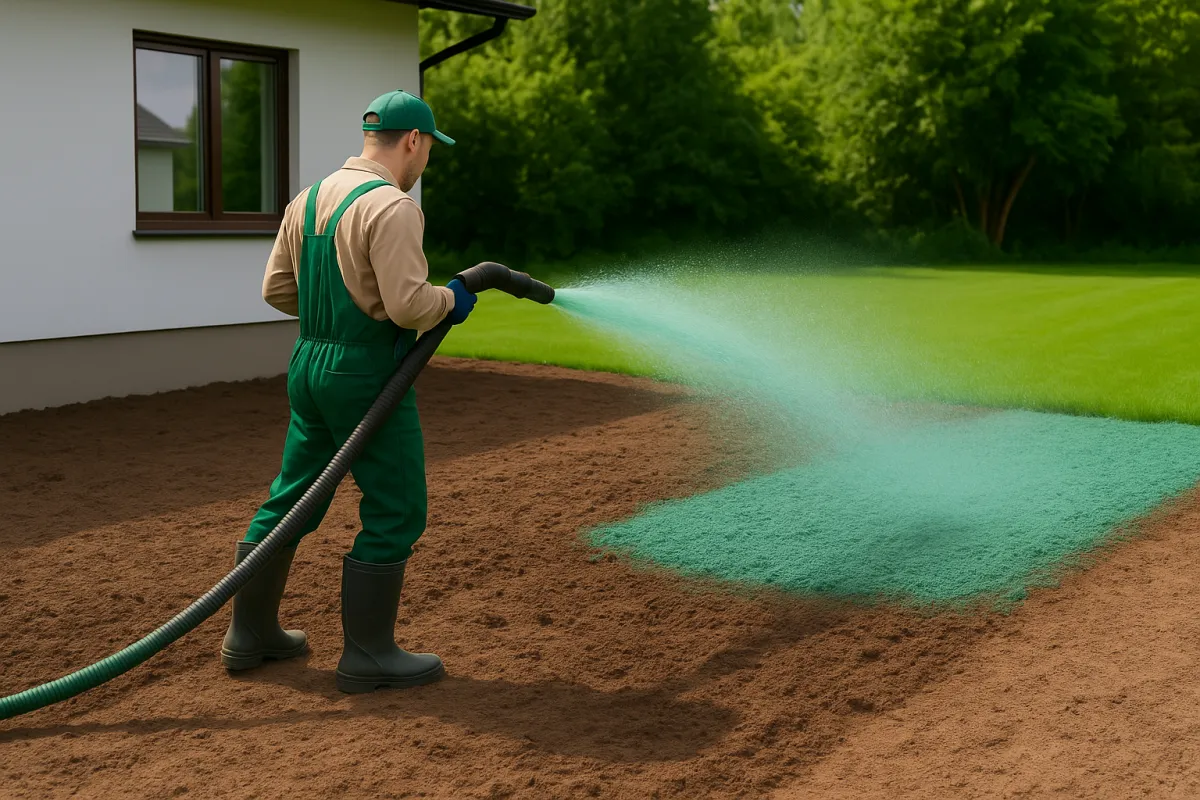
Hydroseeding Lawn Installation
Transform bare soil into a lush, green lawn in weeks with our advanced spray-on seed, mulch, and fertilizer mix. Perfect for new builds, large areas, and quick, uniform coverage.
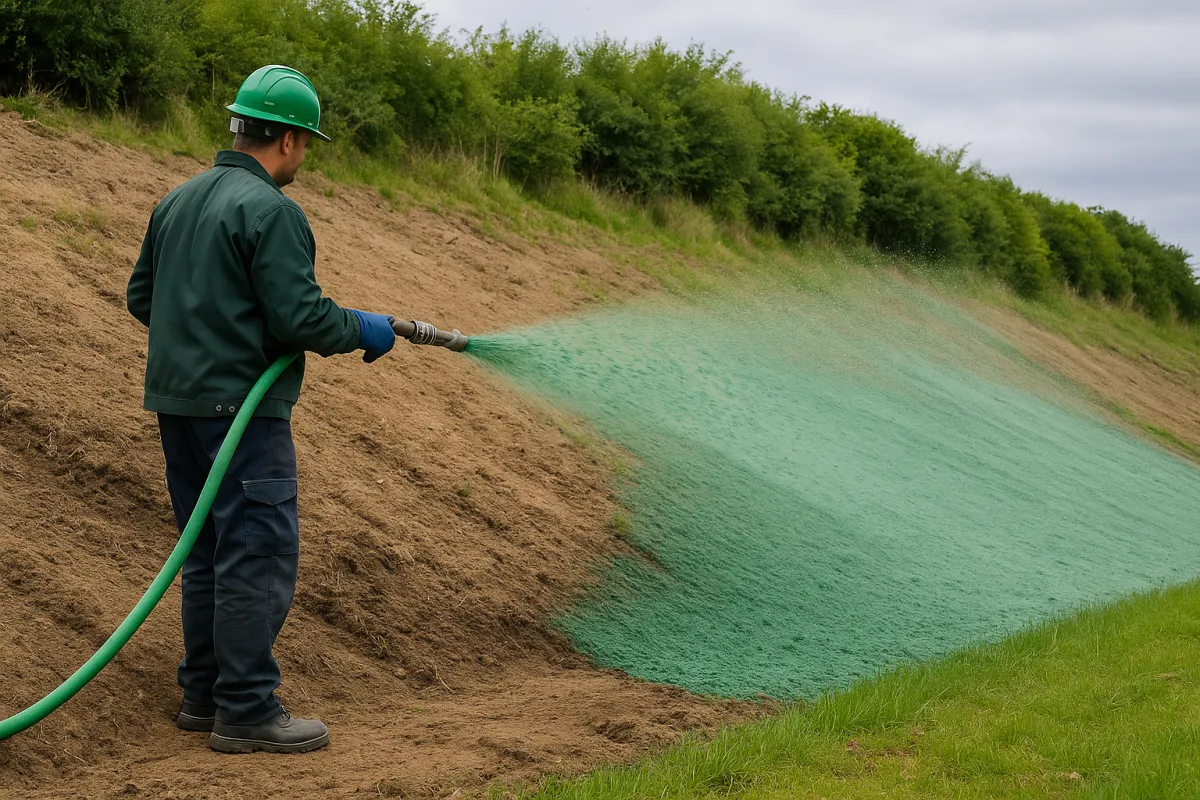
Erosion Control Hydroseeding
Prevent soil loss on slopes, embankments, and large open spaces. Our erosion control hydroseeding creates a protective layer that stabilizes soil while encouraging healthy grass growth.
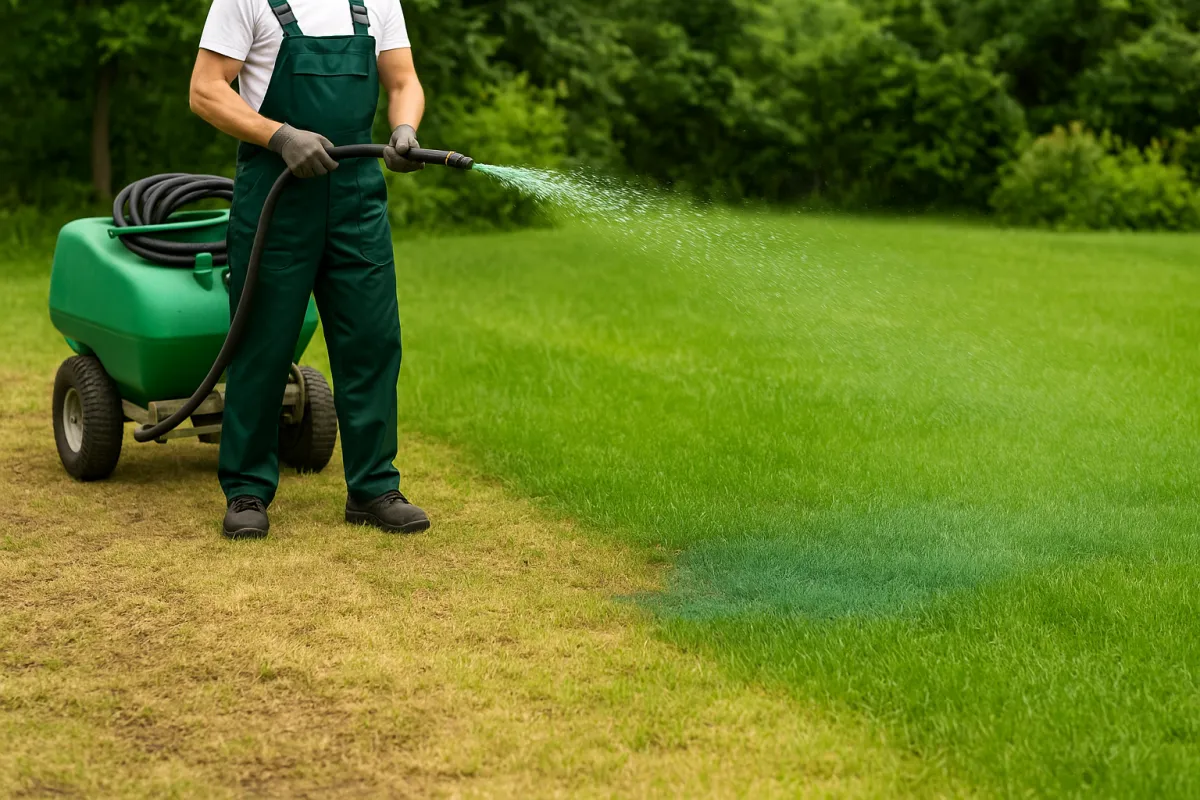
Lawn Revival & Overseeding
Breathe new life into thinning, patchy lawns. Our overseeding hydroseeding process thickens grass, fills bare spots, and improves overall lawn health without starting from scratch.
Seed Options Available
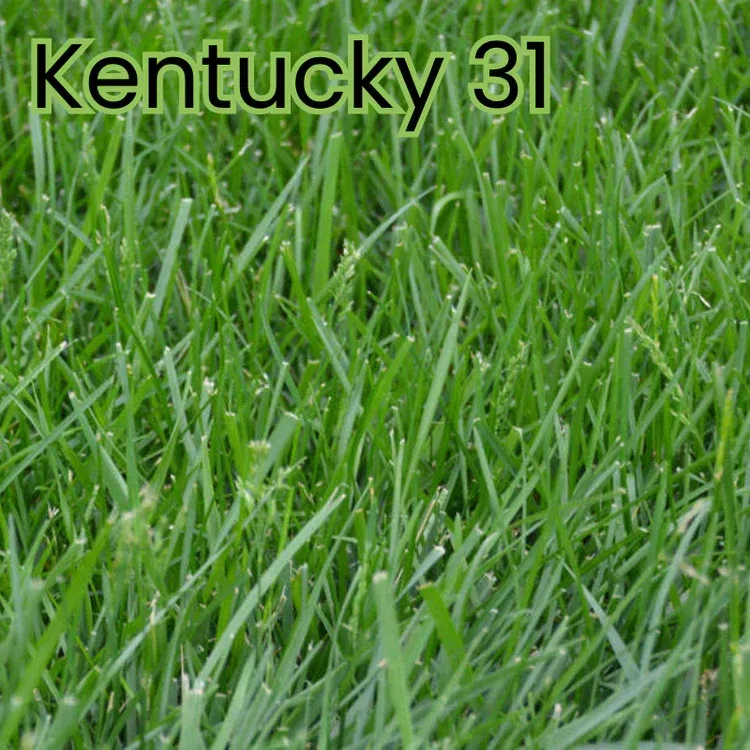
Kentucky 31
Kentucky 31 Tall Fescue offers excellent drought tolerance and strong traffic resistance. Its deep roots and hardy nature make it perfect for lawns, pastures, and high-use areas year-round.

White Clover
White clover improves soil health by fixing nitrogen naturally, reducing fertilizer needs. It’s low-growing, drought-tolerant, and provides excellent ground cover, making it ideal for lawns and pastures.

Red Clover
Red clover enriches soil by fixing nitrogen and supports healthy pastures. It’s fast-growing, drought-tolerant, and provides excellent forage for livestock, making it valuable for sustainable land management.

Wildflower
Wildflowers enhance biodiversity, attract pollinators, and add natural beauty. Low-maintenance, drought-tolerant, and support healthy ecosystems, making them ideal for gardens, meadows, and conservation areas.

Weeping Love Grass
Weeping lovegrass controls erosion with its dense, deep roots and fast growth. It’s drought-tolerant, low-maintenance, and ideal for stabilizing slopes, roadsides, and dry areas with poor soil.
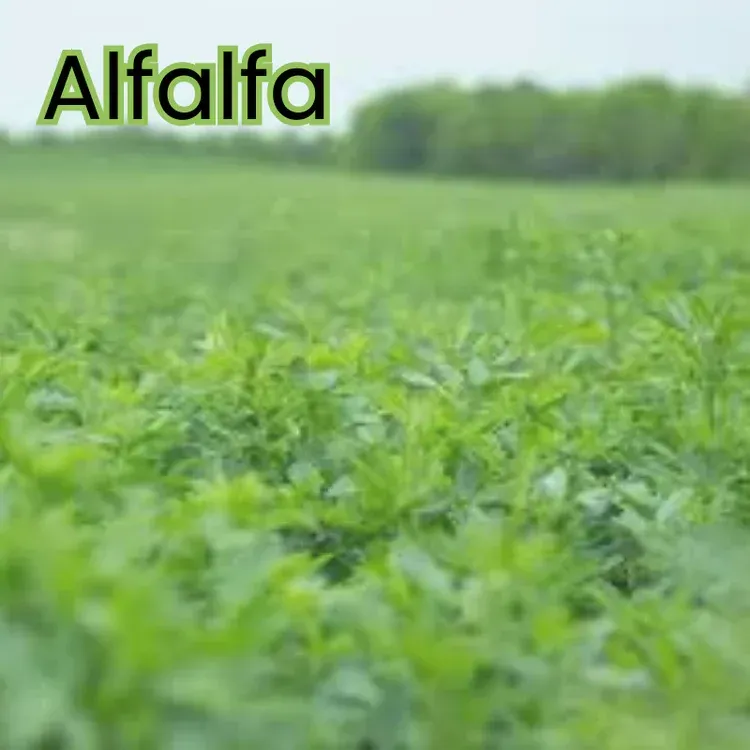
Alfalfa
Alfalfa is a high-protein forage crop that improves soil by fixing nitrogen. It’s drought-tolerant, deep-rooted, and ideal for pastures, hay production, and sustainable farming systems.
What Are Our Customers Saying ?
Feedback from our delighted clientele.
"Our yard went from bare dirt to a soft green carpet in just four weeks! The team was professional, fast, and kept us informed every step of the way."
Sarah M
"We saved thousands compared to sod and the results are amazing. I recommend them to anyone who wants a lawn they can be proud of."
Tom R
Transparent Pricing

3000 Sq Ft - $0.21 Per Sq Ft
Add the voucher to your rough square footage and then add in our CASH discount to get the best price possible!

9000 Sq Ft - $0.21 Per Sq Ft
The bigger the square footage, the bigger the voucher! Add the cash discount as well!

21,000 Sq Ft - $0.21 Per Sq Ft
For those looking to do a half acre or more, get the best voucher and add another 10% off for cash!
FAQS
How long does it take hydroseed to grow?
Hydroseed typically begins to sprout within 5–7 days, depending on weather and watering. You’ll see a noticeable green cover in 2–3 weeks, and your lawn will be ready for light use in about 4–6 weeks. Full maturity usually takes 6–8 weeks.
Is hydroseeding better than sod?
Hydroseeding offers a more affordable way to get a lush, even lawn. While sod gives you instant green, hydroseeding grows directly in your soil, resulting in deeper root systems and better long-term health. It’s also ideal for covering large areas and can be customized with seed blends for your property.
Can I walk on my lawn after hydroseeding?
It’s best to stay off the lawn until the first mow—usually 4–6 weeks after seeding. Walking on it too early can damage young sprouts and create bare patches. If you must walk across, use a plank or board to spread your weight.
How do I water a newly hydroseeded lawn?
Water lightly 2–3 times per day for the first 2 weeks, keeping the surface consistently damp but not flooded. After sprouts appear, reduce to once per day, then taper to 2–3 times per week as the lawn matures. Morning watering is best to reduce evaporation and disease risk.
Contact Us
Service Address / Project Location:

